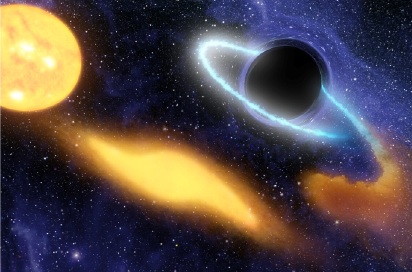An Apple Pie Process
It is time for another detailed Asymptotia visit to the kitchen.
Not many days after I showed you that phase diagram for pastry making, Thanksgiving day showed up, and I found myself making an apple pie to take over to have with friends for dessert. Making a pie is a very fulfilling kitchen endeavour that is remarkably simple at the core. The bonus is that with a bit of practice the results are often delightful. Let me show you what I mean.
The summary: You do various “processes†to move around the phase diagam, as with any phase diagram in physics. A phase diagram depicts the kinds of states your working substance can end up in as a result of changing the conditions. Like H2O being able to be ice, steam, water, depending upon things like temperature and pressure. In physics, doing various processes to change the temperature and pressure might involve pushing on pistons, adding energy in the form of heat by applying flames with a bunsen burner, etc.
Here, we will be doing processes relevant to the kitchen. The aim is to find the right path across the amusing phase diagram above (click for larger; origin: Lab Lemming; finding the wrong path is not good since you end up with inedible junk… most paths are irreversible). Anyway, find the right path …and soon after you get to eat something like this: […] Click to continue reading this post




 Well, it is midnight and I am only on page 12 of the notes I am writing to present as a talk in the
Well, it is midnight and I am only on page 12 of the notes I am writing to present as a talk in the 
